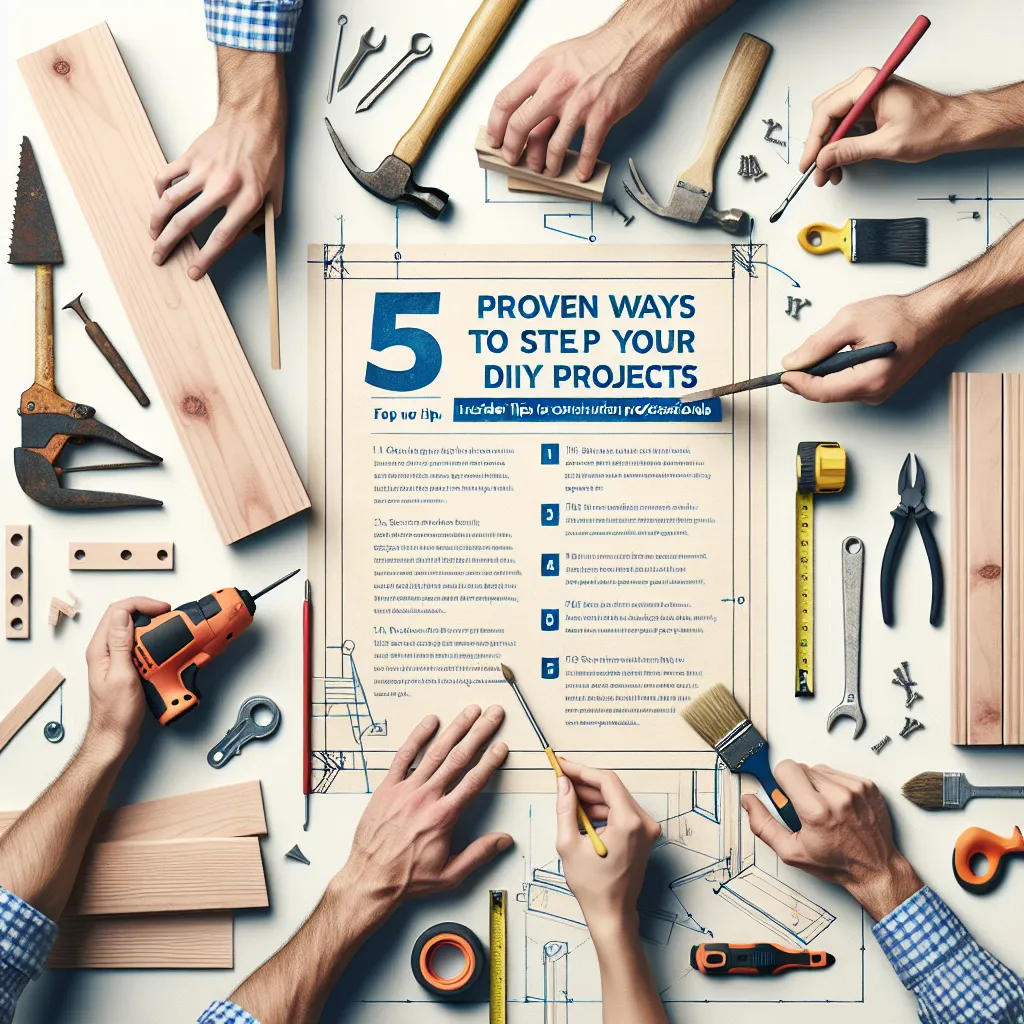1. Planning is Paramount
Any successful DIY project begins with comprehensive planning. This involves sketching out your design, noting down measurements, and preparing a list of necessary materials. Professionals recommend using design software or apps to visualize your project. Ensure to take into account the time required for each stage of the project and always allow for some extra time for unexpected hitches.
2. The Right Tools for the Right Job
Investing in high-quality tools is a non-negotiable aspect of DIY success. The right tools not only make the job easier but also contribute to a better finish. For instance, using an appropriate drill bit for different materials can prevent damage and enhance accuracy. Regularly maintain your tools and replace any worn-out ones to ensure optimal performance.
3. Safety First, Always
Construction professionals place high importance on safety. Always wear appropriate protective gear such as gloves, safety glasses, and sturdy shoes when working on DIY projects. Additionally, ensure your workspace is well-lit and ventilated, and all tools are safely stored after use. Remember, a safe DIYer is a successful DIYer.
4. Master the Art of Finishing
The finishing touches on a project can make all the difference between an amateurish and a professional look. This could involve sanding down rough edges, applying a high-quality paint or varnish, or adding decorative details. Professionals advise taking your time with finishing and not rushing through it. The goal is to achieve a result that looks great and lasts long.
5. Continuous Learning and Adaptation
The world of DIY is constantly evolving, with new techniques, tools, and materials coming up regularly. To stay ahead, it is crucial to keep learning. This could involve attending workshops, taking online courses, or simply learning from your own mistakes. Adapt and evolve your methods to fit the requirements of each project for the best results.
Conclusion
DIY projects can be incredibly fulfilling, allowing you to create something unique and personalized. However, there's a significant difference between DIY projects that look homemade and those that achieve a professional finish. By incorporating these expert tips into your DIY routine, you'll be one step closer to producing work that rivals that of seasoned professionals. Happy DIYing!
